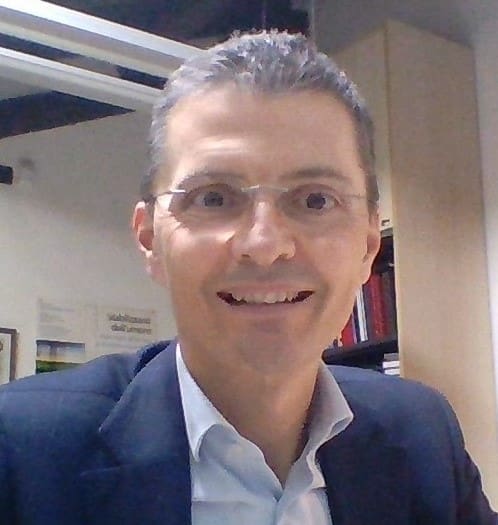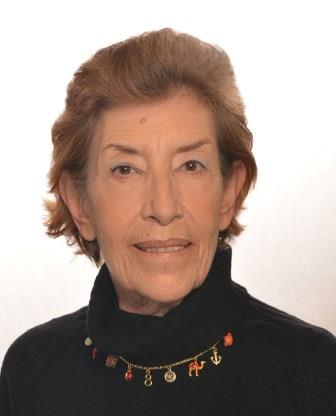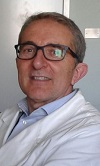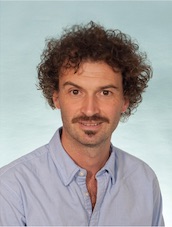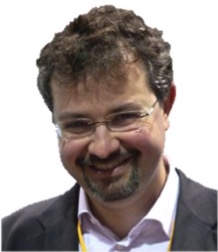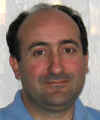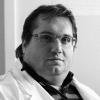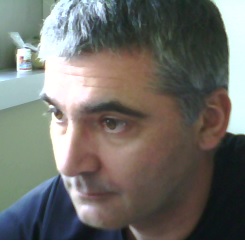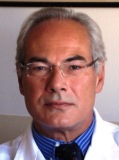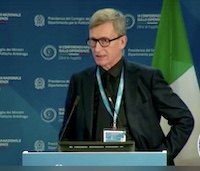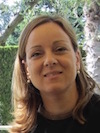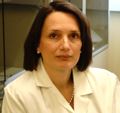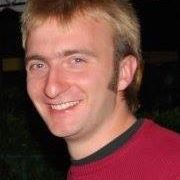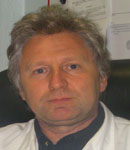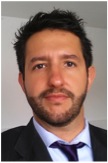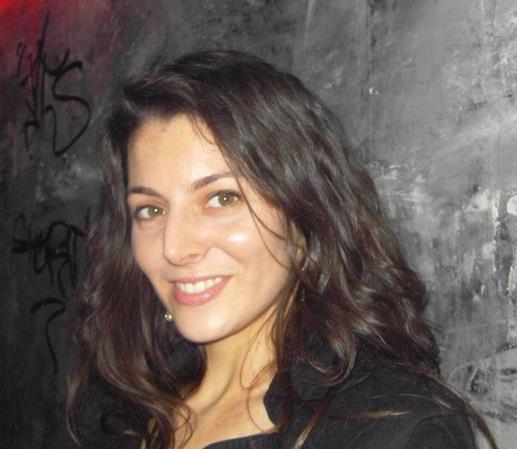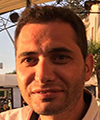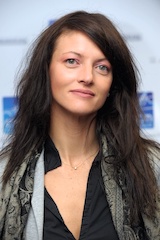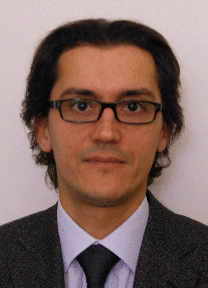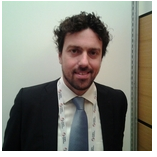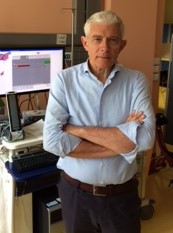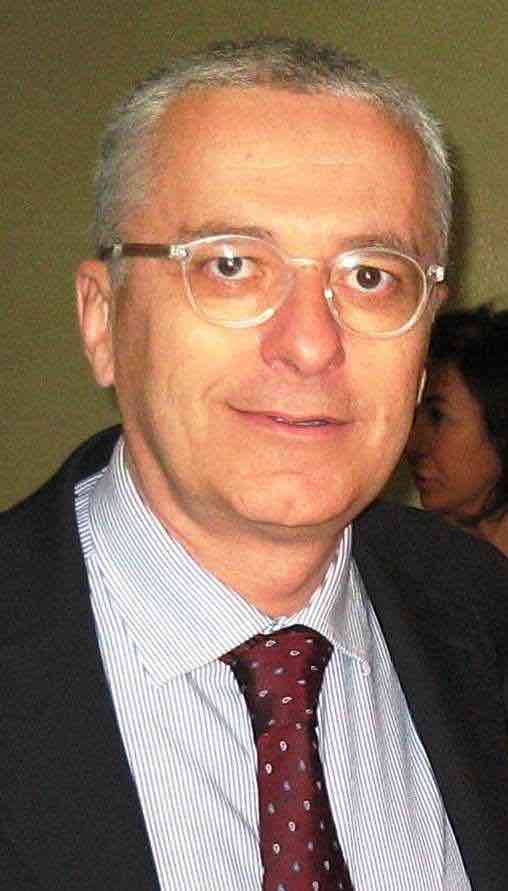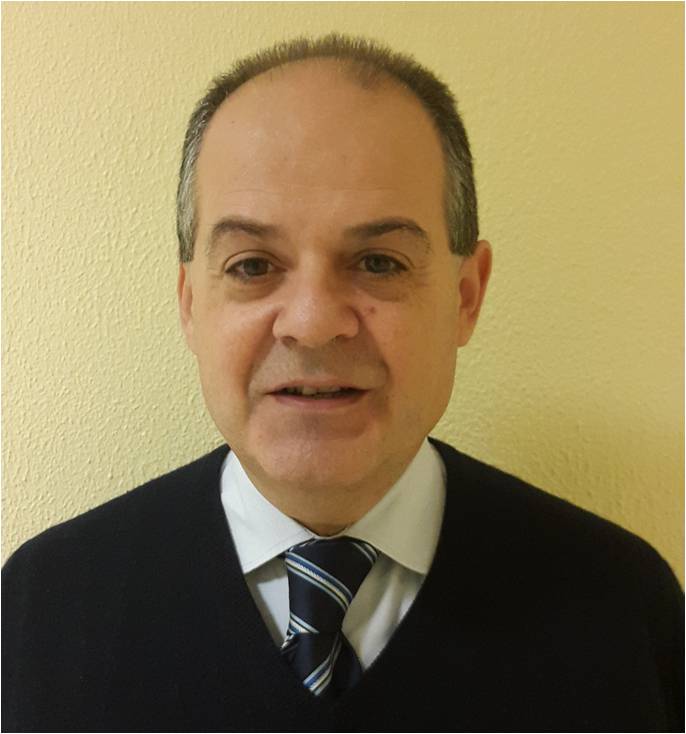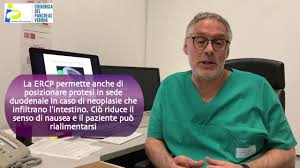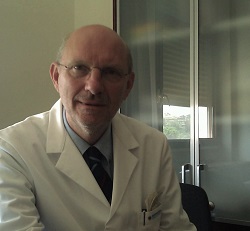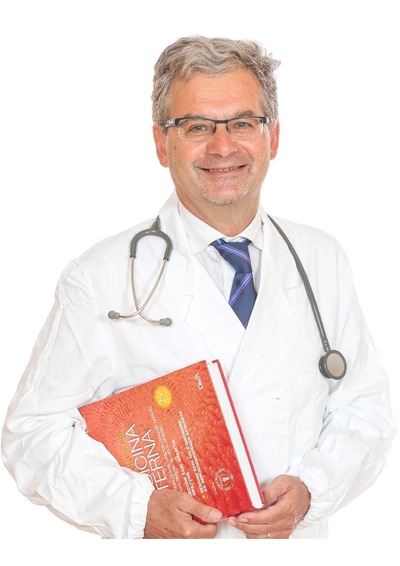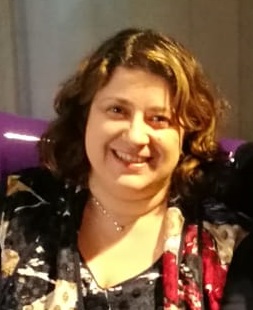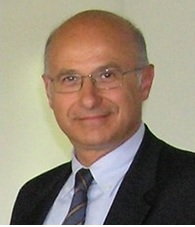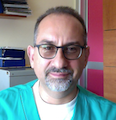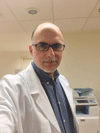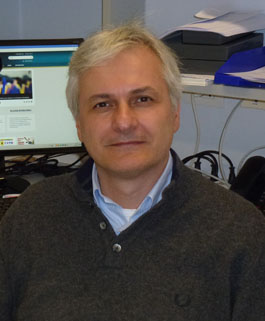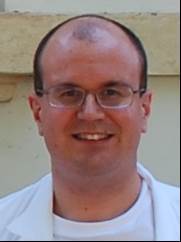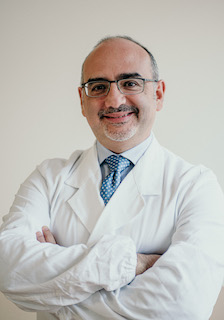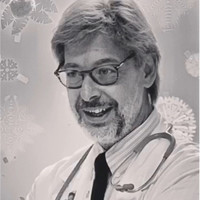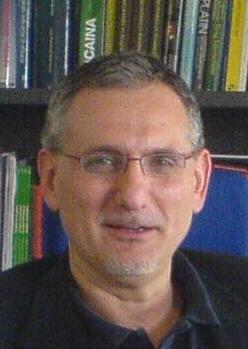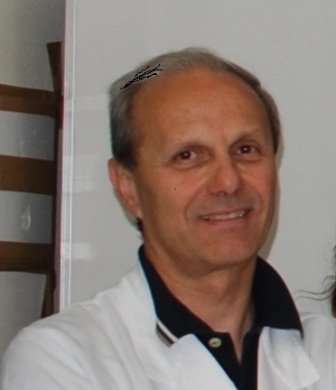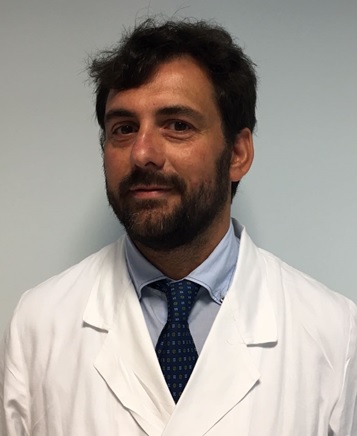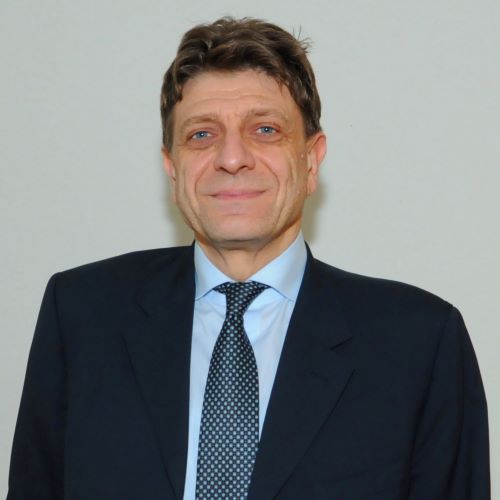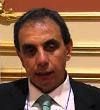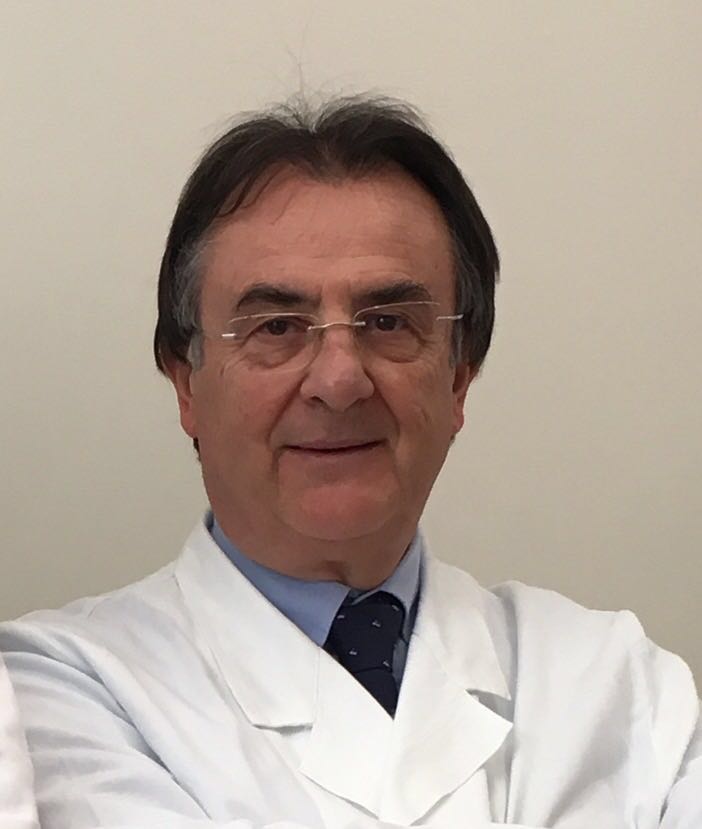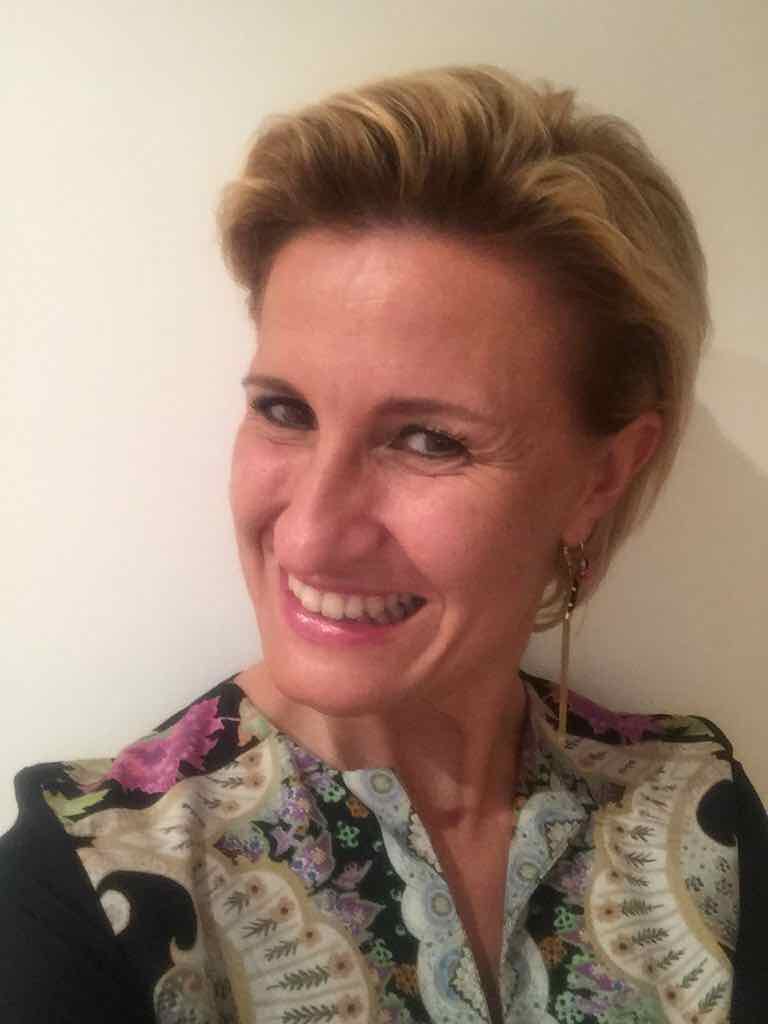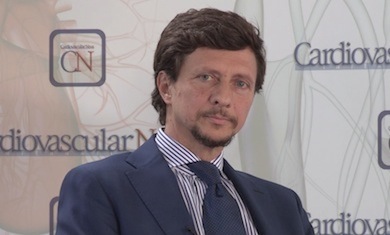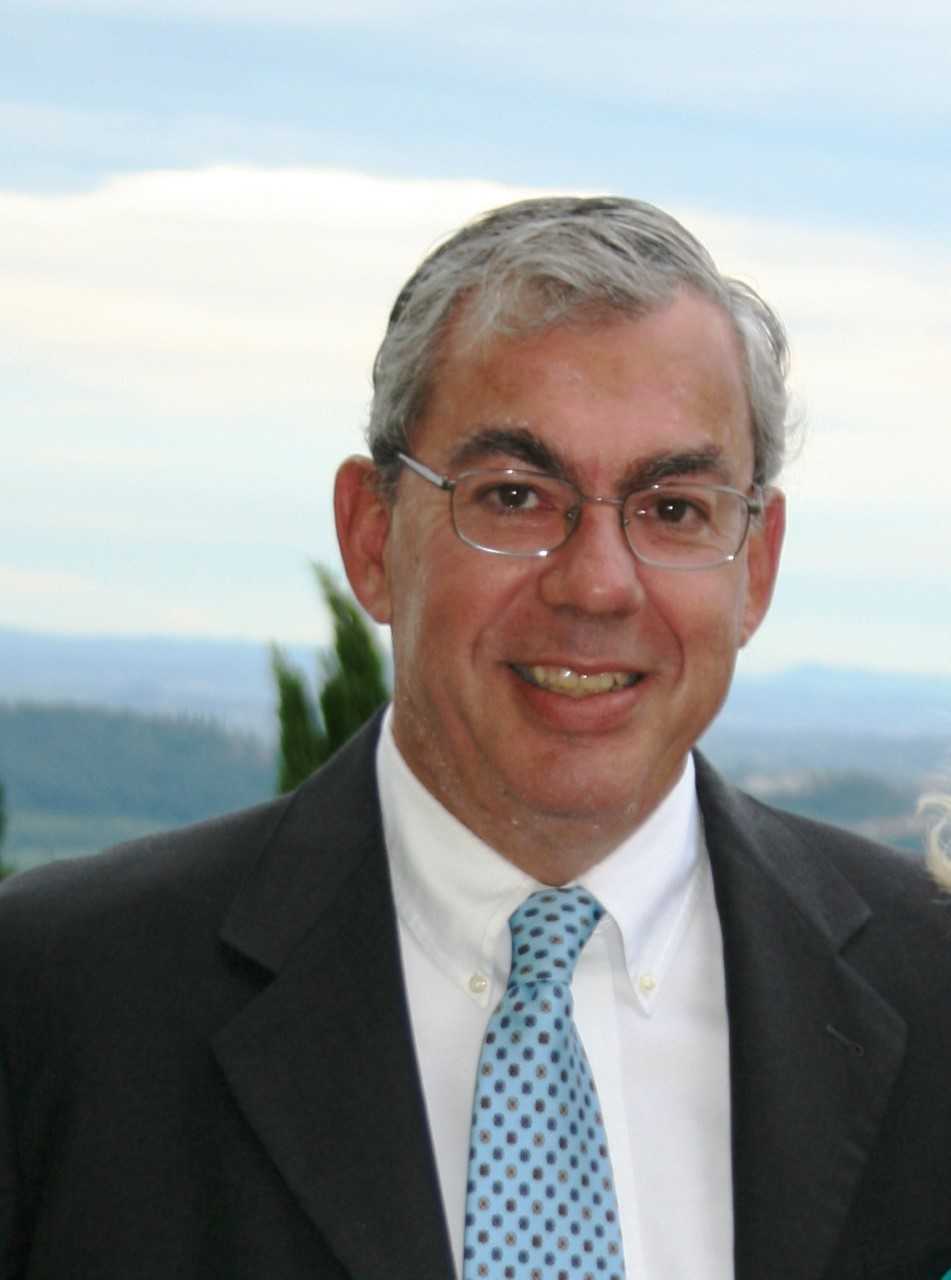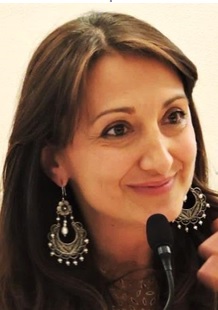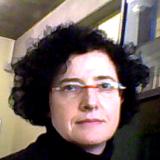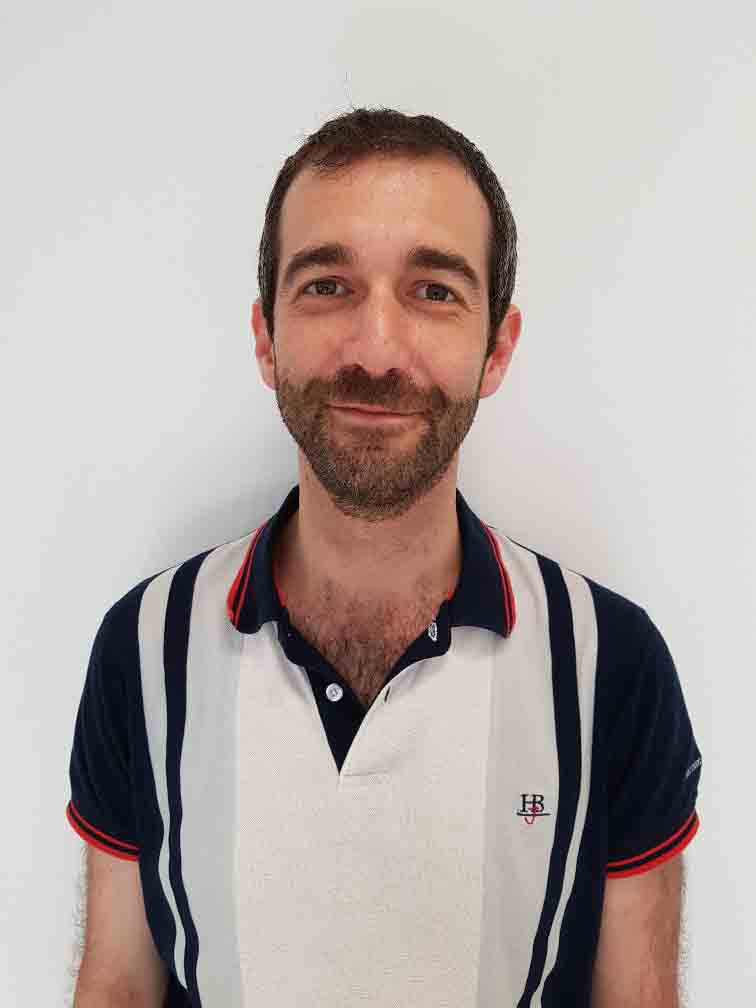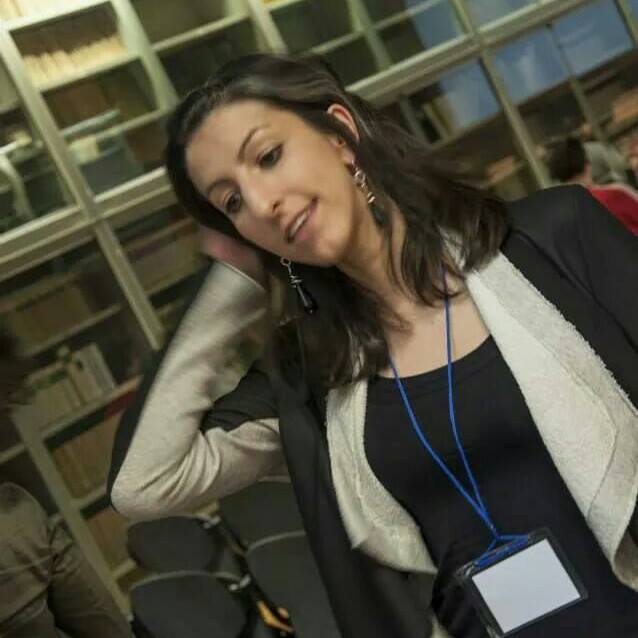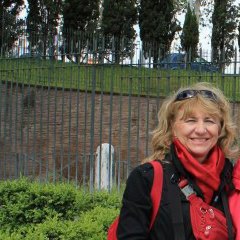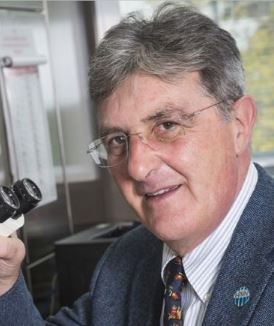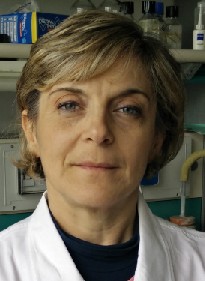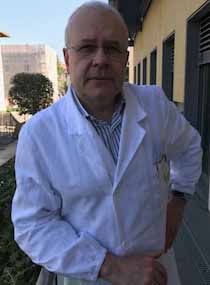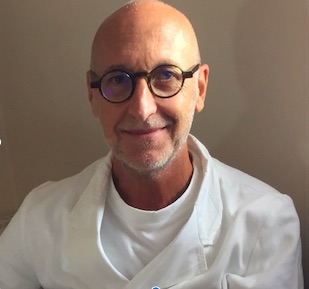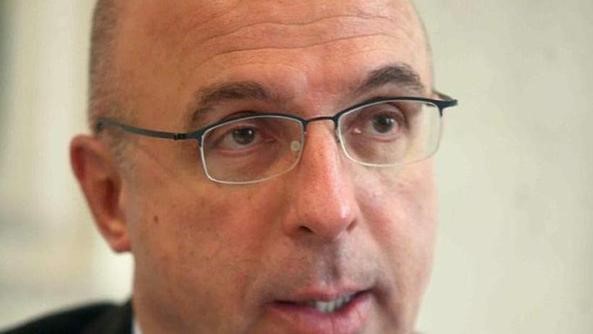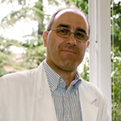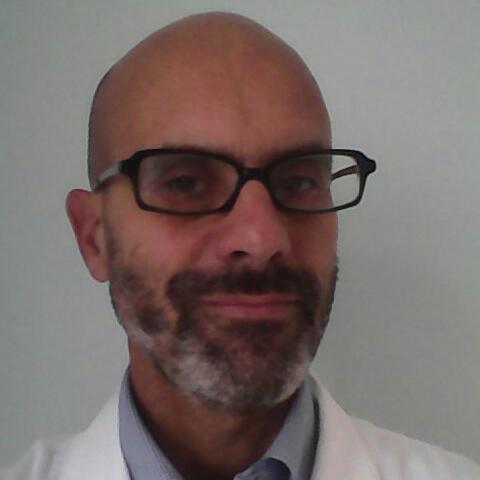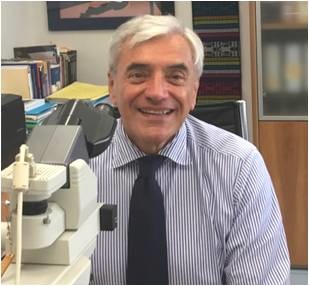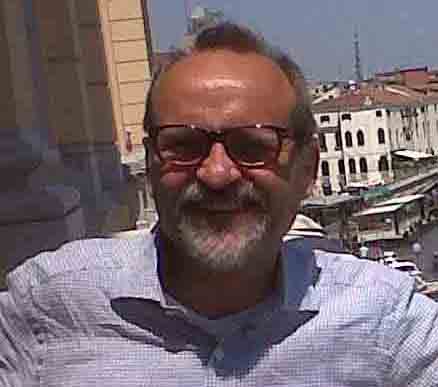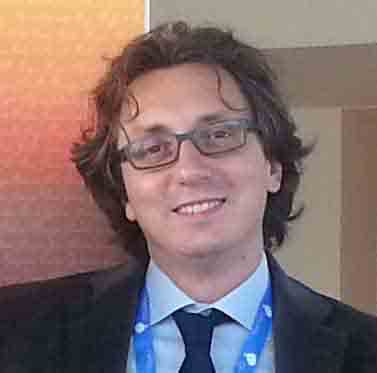Studying at the University of Verona
Academic calendar
The academic calendar shows the deadlines and scheduled events that are relevant to students, teaching and technical-administrative staff of the University. Public holidays and University closures are also indicated. The academic year normally begins on 1 October each year and ends on 30 September of the following year.
Course calendar
The Academic Calendar sets out the degree programme lecture and exam timetables, as well as the relevant university closure dates..
| Period | From | To |
|---|---|---|
| Lezioni 1° semestre 2°- 6° anno | Oct 5, 2015 | Dec 22, 2015 |
| ACCOGLIENZA MATRICOLE 2015-2016 - ORE 8.30 - AULA D ISTITUTI BIOLOGICI | Oct 9, 2015 | Oct 9, 2015 |
| Corsi elettivi 1° semestre | Oct 12, 2015 | Dec 18, 2015 |
| Lezioni 1° semestre 1° anno | Oct 12, 2015 | Dec 22, 2015 |
| Progress test 2015 | Nov 18, 2015 | Nov 18, 2015 |
| Lezioni 2° semestre - 6° anno | Jan 25, 2016 | Apr 28, 2016 |
| Lezioni 2° semestre 1°- 5° anno | Feb 22, 2016 | May 27, 2016 |
| Corsi elettivi 2° semestre | Feb 22, 2016 | May 27, 2016 |
| Session | From | To |
|---|---|---|
| Iscrizione Corsi elettivi 1° semestre | Sep 4, 2015 | Oct 6, 2015 |
| Sessione per studenti fuori corso | Oct 1, 2015 | Sep 30, 2016 |
| Sessione invernale 1°-5° anno | Jan 7, 2016 | Feb 19, 2016 |
| Sessione invernale 6° anno | Jan 7, 2016 | Jan 22, 2016 |
| Iscrizione Corsi elettivi 2° semestre | Jan 13, 2016 | Feb 17, 2016 |
| Sessione estiva - i laureandi nella sessione di luglio devono terminare gli esami entro il 30 giugno 2016 | Jun 6, 2016 | Jul 29, 2016 |
| Sessione autunnale - I laureandi di ottobre devono terminare gli esami entro il 26 settembre 2016 | Sep 1, 2016 | Sep 30, 2016 |
| Session | From | To |
|---|---|---|
| Sessione invernale straordinaria 2014-2015 | Mar 14, 2016 | Mar 25, 2016 |
| Sessione estiva | Jul 11, 2016 | Jul 29, 2016 |
| Sessione autunnale | Oct 10, 2016 | Oct 21, 2016 |
| Period | From | To |
|---|---|---|
| Festa di Ognissanti | Nov 1, 2015 | Nov 1, 2015 |
| Festa dell'Immacolata | Dec 8, 2015 | Dec 8, 2015 |
| Vacanze di Natale | Dec 23, 2015 | Jan 6, 2016 |
| Vancanze di Pasqua | Mar 24, 2016 | Mar 29, 2016 |
| Festa della Liberazione | Apr 25, 2016 | Apr 25, 2016 |
| Festa dei Lavoratori | May 1, 2016 | May 1, 2016 |
| Festa del S. Patrono S. Zeno | May 21, 2016 | May 21, 2016 |
| Festa della Repubblica | Jun 2, 2016 | Jun 2, 2016 |
| Vacanze estive | Aug 8, 2016 | Aug 15, 2016 |
| Description | Period | From | To |
|---|---|---|---|
| 1°-5° anno: attività pratiche e tutoriali 1° semestre | 1°-5° anno: attività pratiche e tutoriali 1° semestre | Sep 28, 2015 | Dec 18, 2015 |
| 6° anno:Tirocinio professionalizzante 1° semestre | 6° anno:Tirocinio professionalizzante 1° semestre | Sep 28, 2015 | Dec 18, 2015 |
| 6° anno:Tirocinio professionalizzante 2° semestre | 6° anno:Tirocinio professionalizzante 2° semestre | Jan 18, 2016 | Jun 18, 2016 |
| 1°-5° anno: attività pratiche e tutoriali 2° semestre | 1°-5° anno: attività pratiche e tutoriali 2° semestre | Feb 22, 2016 | May 27, 2016 |
| 6° anno: recupero Tirocinio professionalizzante | 6° anno: recupero Tirocinio professionalizzante | Jun 20, 2016 | Aug 16, 2016 |
Exam calendar
Exam dates and rounds are managed by the relevant Medicine Teaching and Student Services Unit.
To view all the exam sessions available, please use the Exam dashboard on ESSE3.
If you forgot your login details or have problems logging in, please contact the relevant IT HelpDesk, or check the login details recovery web page.
Should you have any doubts or questions, please check the Enrollment FAQs
Academic staff
 amod101@yahoo.it; antonio.amodio@ospedaleuniverona.it
amod101@yahoo.it; antonio.amodio@ospedaleuniverona.it

Bassi Claudio
 claudio.bassi@univr.it
claudio.bassi@univr.it
 +39 045 812 4553
+39 045 812 4553
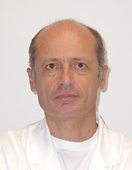
Bisoffi Zeno
 zeno.bisoffi@sacrocuore.it
zeno.bisoffi@sacrocuore.it
 +390456013326
+390456013326
 rebecca.casari@aovr.veneto.it
rebecca.casari@aovr.veneto.it
 zenodebattisti@tiscali.it
zenodebattisti@tiscali.it
 roxannebarbara.doerr@univr.it
roxannebarbara.doerr@univr.it
 giuseppe.faggian@univr.it
giuseppe.faggian@univr.it
 marco.ferdeghini@univr.it
marco.ferdeghini@univr.it
 045 812 47 84 (Segreteria) 045 802 74 89 (Segreteria di Istituto)
045 812 47 84 (Segreteria) 045 802 74 89 (Segreteria di Istituto)
 davide.gatti@univr.it
davide.gatti@univr.it
 guido.martignoni@univr.it
guido.martignoni@univr.it
 oliviero.olivieri@univr.it
oliviero.olivieri@univr.it
 +39 045 812 4414
+39 045 812 4414
 sara.pilotto@univr.it
sara.pilotto@univr.it
 daniele.prati@univr.it
daniele.prati@univr.it

Scuro Alberto
 alberto.scuro@univr.it
alberto.scuro@univr.it
 +39 045 812 4413
+39 045 812 4413
Study Plan
The Study Plan includes all modules, teaching and learning activities that each student will need to undertake during their time at the University.
Please select your Study Plan based on your enrollment year.
1° Year
| Modules | Credits | TAF | SSD |
|---|
2° Year activated in the A.Y. 2016/2017
| Modules | Credits | TAF | SSD |
|---|
3° Year activated in the A.Y. 2017/2018
| Modules | Credits | TAF | SSD |
|---|
4° Year activated in the A.Y. 2018/2019
| Modules | Credits | TAF | SSD |
|---|
5° Year activated in the A.Y. 2019/2020
| Modules | Credits | TAF | SSD |
|---|
6° Year activated in the A.Y. 2020/2021
| Modules | Credits | TAF | SSD |
|---|
| Modules | Credits | TAF | SSD |
|---|
| Modules | Credits | TAF | SSD |
|---|
| Modules | Credits | TAF | SSD |
|---|
| Modules | Credits | TAF | SSD |
|---|
| Modules | Credits | TAF | SSD |
|---|
| Modules | Credits | TAF | SSD |
|---|
Legend | Type of training activity (TTA)
TAF (Type of Educational Activity) All courses and activities are classified into different types of educational activities, indicated by a letter.
Free choice courses
| years | Modules | TAF | Teacher | |
|---|---|---|---|---|
| 5° | Surgical anatomy of head and neck | D | Not yet assigned | |
| 6° | Basic course ECG and interactive interpretation | D | Not yet assigned | |
| 5° 6° | Multiple Sclerosis and demyelinating diseases of the central nervous system: from diagnosis to therapy | D | Not yet assigned | |
| 5° 6° | Sicurezza del paziente e gestione del rischio clinico | D | Not yet assigned | |
Pharmacology (2018/2019)
The teaching is organized as follows:
FARMACOLOGIA GENERALE E SPECIALE
Credits
8
Period
Lezioni 1° semestre 2°- 6° anno, Lezioni 2° semestre 1°- 5° anno
Location
VERONA
Academic staff
Learning outcomes
General aims
Aim of the course is education in pharmacology, i.e. reach a firm understanding that a drug is a tool intended to modify the wellbeing of the patients by interacting with molecular components of the cells and tissues. This interaction leads to modulation of physiological and pathological processes responsible of health and disease.
The student will learn to use his/her knowledge in basic biomedical sciences with the goal of understanding the mechanism of action of a compound and the generation of therapeutic and toxic effects and adverse reactions.
The student will appreciate the links connecting the effects (beneficial and adverse) with the plasmatic levels of a drug. Accordingly, he will learn the basic principles guiding the generation of appropriate plasma levels and their temporal changes and the effects of individual properties of the patient (genetic, metabolic, presence of diseases) on these dynamic changes and will consider conditions for decreasing appearance of adverse drug reactions.
During the course teachers and students will explore the properties (mechanisms of action, therapeutic, adverse rections, pharmacokinetic) of classes of drugs active on the Nervous System (Central, Periferal and Autonomic), on the Cardiovascular, the gastrointestinal and the endocrine systems; the pharmacological modulation of inflammatory, immune, infective and oncological processes will also be addressed.
Specific aims
At the end of the course the student will:
know the rationale of therapies in order to select and use drugs on the basis of the pathology, the health of the patient, the scientific evidences of effectivness. He/she will also be able to monitor the efficacy of the therapy, the generation of positive symptoms and of adverse reactions.
know the classification of drugs also in the context of the National Health System, how to prescribe a drug and the use of appropriate data bases also in the context of the Italian National Health System.
kown the preclinical and clinical development of drugs, the organization of clinical studies and will be able to critically read the results of clinical studies and the use of their results in the daily practice
understand the basic pharmacodynamic principles governing drug-receptor interaction and the generation of the effects with focus on signal transduction generated by activation/inhibition of drug receptors such as enzymes, ion channels, receptors for endogenous mediators with special interest to ligand activated ion-channel, G protein coupled receptors and intracellular receptors.
understand the basic principles of pharmacokinetics and know how to use PK criteria and data to establish individualized therapeutic regimens
know their epidemiology and understand the etiopathogenetic mechanisms of adverse drug reactions and how to report them
know for each class of drug the mechanism(s) of action and the symptoms generated in order to monitor efficacy and possible toxicity of the therapy;
know the major differences between drugs belonging to a same class of drugs and the criteria for the selection for individualized therapy
know the pharmacological properties, as described above, of the following classes of drugs:
• active on the autonomic, peripheral and central nervous system
• used in pulmunary diseases
• active on the cardivascular system
• active on the metabolic/endocrine systems
• used for the control of infectious diseases
• used to control inflammatory conditions
• active on the immune system
• used in oncology
Program
Drug and placebo definition; historic and modern views of drugs
Bioequivalent and biosimilar drugs
Drug classification in Pharmacology and by the National Health System
Drug development, clinical trials and postmarketing monitoring
Pharmacodynamics: drug-receptor interaction, signal transduction and effect generation
Pharmacokinetics: general principles, absorption, distribution, elimination and drug metabolism
Pharmacogenetics and drug therapy individualization
Pharnmacogenetics and biotransformation of drugs
WHO and EMA definitions of Adverse Drug Reaction (ADR)
International Classification of ADR, their epidemiology and pathogenetic mechanisms
Drugs interactions and ADRs in special conditions (pregnancy. breastfeeding, elderly, infants)
The reasons and objectives of Pharmacovigilance, the legislation and the reporting
Drugs acting on the autonomic system
Drugs acting on the respiratory system
Drugs active on the gastrointestinal system
Drugs affecting platelet aggregation, the coagulation system including fibrinolytic agents
Drugs for the control of dislipidemic states
Drugs acting on the Periferal and the central Nervous System
Drugs interacting with autacoids
Pharmacology of the inflammation
Drugs for the cardiovascular system and the therapies of cardiovascular disorders
Ipoglicemic drugs including insulin
Drugs active on the immune system
Drugs used for the control of infections
Antineoplastic therapies
Bibliography
| Author | Title | Publishing house | Year | ISBN | Notes |
|---|---|---|---|---|---|
| Bertram G. Katzung | Basic and Clinical Pharmacology (Edizione 13) | McGraw-Hill Education | 2015 | 978-0-07-182505-3 | |
| F. Rossi, V. Cuomo, C. Riccardi | Farmacologia (Edizione 3) | Minerva Medica | 2017 | 978-88-7711-881-3 | |
| B. G. Katzung & A. J. Trevor | Farmacologia Generale e Clinica (Edizione 10) | Piccin-Nuova Libraria | 2017 | 978-88-299-2847-7 | |
| Goodman & Gilman | Le basi farmcologiche della terapia (Edizione 12) | Zanichelli | 2012 | 9788808261304 | |
| Goodman & Gilman | The pharmacological basis of therapeutics (Edizione 13) | McGraw-Hill Education | 2017 | 9780071624428 | |
| Caputi, De Ponti, Pagliaro | Reazioni avverse a farmaci | Cortina Editore | 2009 | 978-88-6030-278-6 |
Examination Methods
Oral exam with question on general principles as well as on specific drugs and/or classes of drugs in a therapeutic context
Career prospects
Module/Programme news
News for students
There you will find information, resources and services useful during your time at the University (Student’s exam record, your study plan on ESSE3, Distance Learning courses, university email account, office forms, administrative procedures, etc.). You can log into MyUnivr with your GIA login details: only in this way will you be able to receive notification of all the notices from your teachers and your secretariat via email and soon also via the Univr app.
Erasmus+ e altre esperienze all'estero
Extra courses and activities
Opzioni (cambio di ordinamento)
Studenti iscritti alla classe LM/41 (Classe delle lauree magistrali in medicina e chirurgia)
Il MUR, con nota prot. n. 8610 del 25/3/2020 avente oggetto: “Abilitazione all’esercizio della professione di Medico-Chirurgo - art. 102 - Decreto legge 17 marzo 2020 n. 18 (convertito con modificazioni dalla L. 24 aprile 2020, n. 27), dispone l’adeguamento dell’ordinamento della classe LM/41 alle normative citate in oggetto.
Coloro i quali hanno concluso/concluderanno il tirocinio pratico-valutativo pre-lauream con giudizio di idoneità (ai sensi del DM 58/2018), conseguita la laurea, sono abilitati all’esercizio della professione di medico-chirurgo e possono procedere all’iscrizione presso l’Ordine dei Medici.
Rilascio del titolo di abilitazione
Ai fini del rilascio dell’abilitazione professionale è richiesto il pagamento delle seguenti tasse:
- tassa erariale pari a € 49,90 da versarsi prima che inizi la frequenza del tirocinio pratico valutativo
- tassa regionale di abilitazione da versarsi all’atto della consegna del titolo di abilitazione.
Studenti iscritti alla classe 46/S (Classe delle lauree specialistiche in medicina e chirurgia) e ordinamenti previgenti (attualmente fuori corso) oppure studenti iscritti alla classe LM/41 con coorti antecedenti alla coorte 2014 (attualmente fuori corso).
Il MUR, con nota prot. n. 8610 del 25/3/2020 avente oggetto: “Abilitazione all’esercizio della professione di Medico-Chirurgo - art. 102 - Decreto legge 17 marzo 2020 n. 18” dispone che, gli iscritti agli ordinamenti previgenti, con tirocinio pratico previsto post – laurea (ai sensi del DM 445/2001), ferme restando le norme sulla decadenza dagli studi, possono concludere il percorso di studio senza dovere necessariamente acquisire, ai fini dell’ammissione all’esame finale di laurea, il giudizio di idoneità del suddetto tirocinio pratico valutativo. In tal caso il diploma di laurea che rilascerà l’Ateneo avrà la sola valenza di titolo accademico. Resterà ferma, in ogni caso la possibilità per tali soggetti di conseguire eventualmente l’abilitazione all’esercizio della professione di medico-chirurgo in un momento successivo, secondo le modalità di cui al comma 2 dell’art.102, cioè conseguendo la valutazione del tirocinio prescritta dal D.M. n. 445/2001. L’Ateneo continuerà a predisporre un separato diploma di abilitazione.
Si ricorda che ai suddetti studenti è in ogni caso consentita l’opzione al nuovo ordinamento secondo i termini e le modalità previste.
Documents
| Title | Info File |
|---|---|
|
|
pdf, it, 525 KB, 14/06/21 |
|
|
pdf, it, 419 KB, 14/06/21 |
|
|
pdf, it, 377 KB, 12/12/23 |
|
|
pdf, it, 483 KB, 10/02/23 |
|
|
pdf, it, 481 KB, 10/02/23 |
Timetable
Documents
| Title | Info File |
|---|---|
|
|
pdf, it, 19 KB, 12/02/24 |
|
|
pdf, it, 18 KB, 28/02/24 |
|
|
pdf, it, 21 KB, 29/02/24 |
|
|
pdf, it, 21 KB, 27/02/24 |
|
|
pdf, it, 18 KB, 07/03/24 |
|
|
pdf, it, 12 KB, 21/02/24 |
|
|
pdf, it, 781 KB, 29/02/24 |
|
|
pdf, it, 280 KB, 29/11/23 |
|
|
pdf, it, 548 KB, 22/09/23 |
Graduation
Documents
| Title | Info File |
|---|---|
|
|
pdf, it, 353 KB, 28/02/24 |
|
|
pdf, it, 249 KB, 22/02/24 |
|
|
pdf, it, 354 KB, 22/02/24 |
|
|
pdf, it, 248 KB, 22/02/24 |
|
|
pdf, it, 351 KB, 22/02/24 |
|
|
pdf, it, 249 KB, 22/02/24 |
|
|
pdf, it, 104 KB, 25/09/23 |
|
|
pdf, it, 838 KB, 17/03/22 |
|
|
pdf, it, 826 KB, 27/10/21 |




